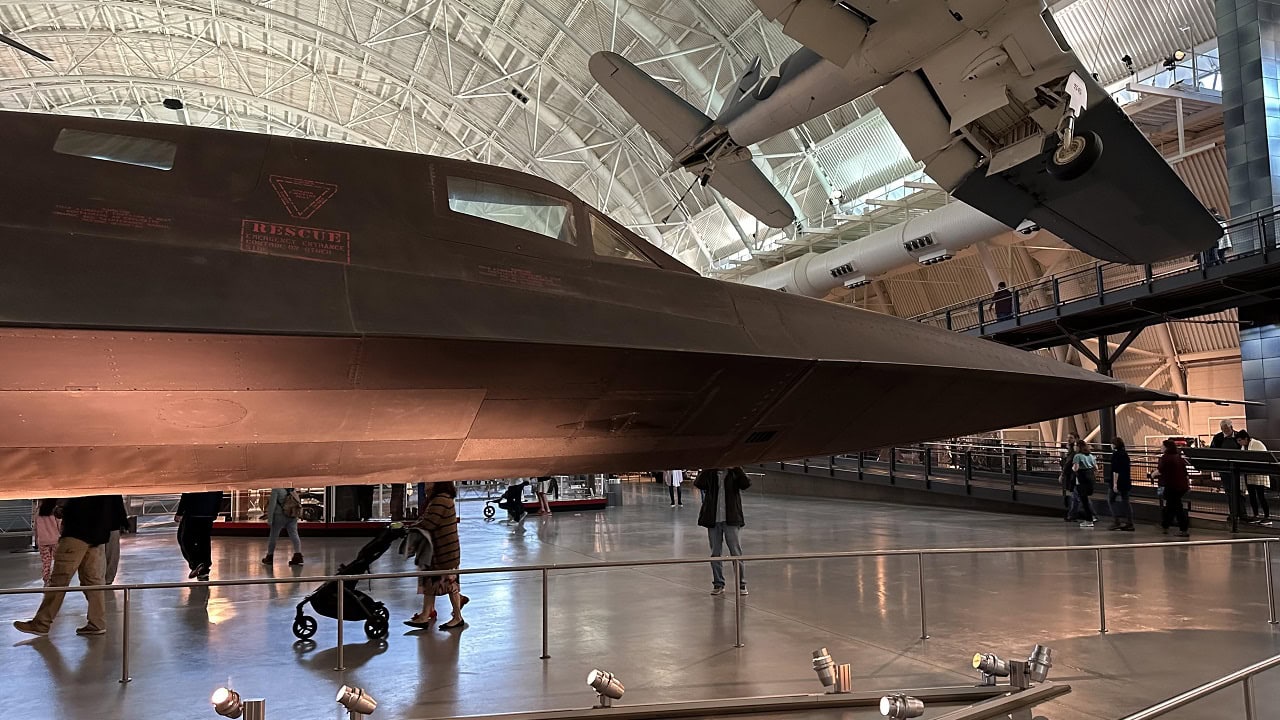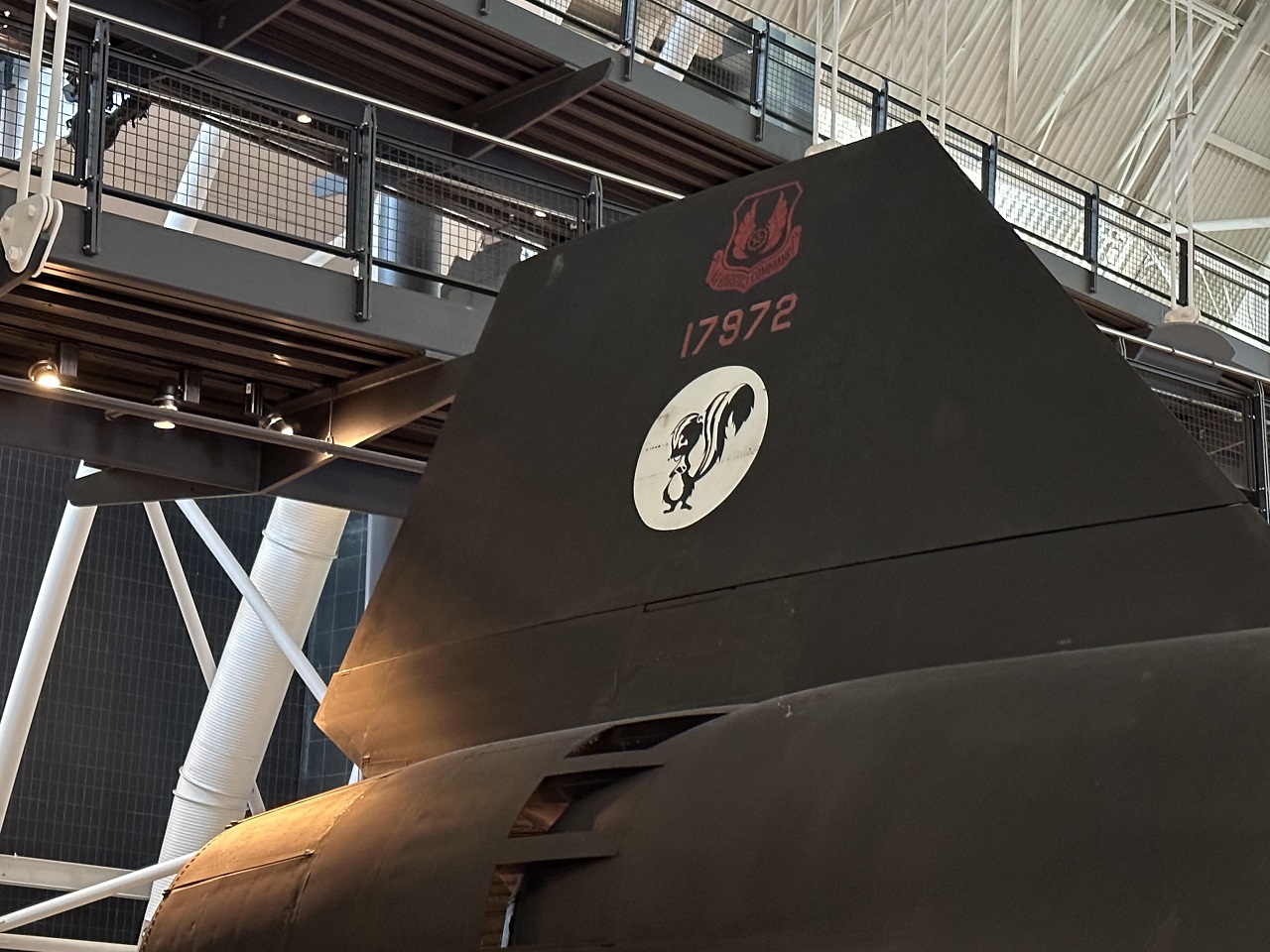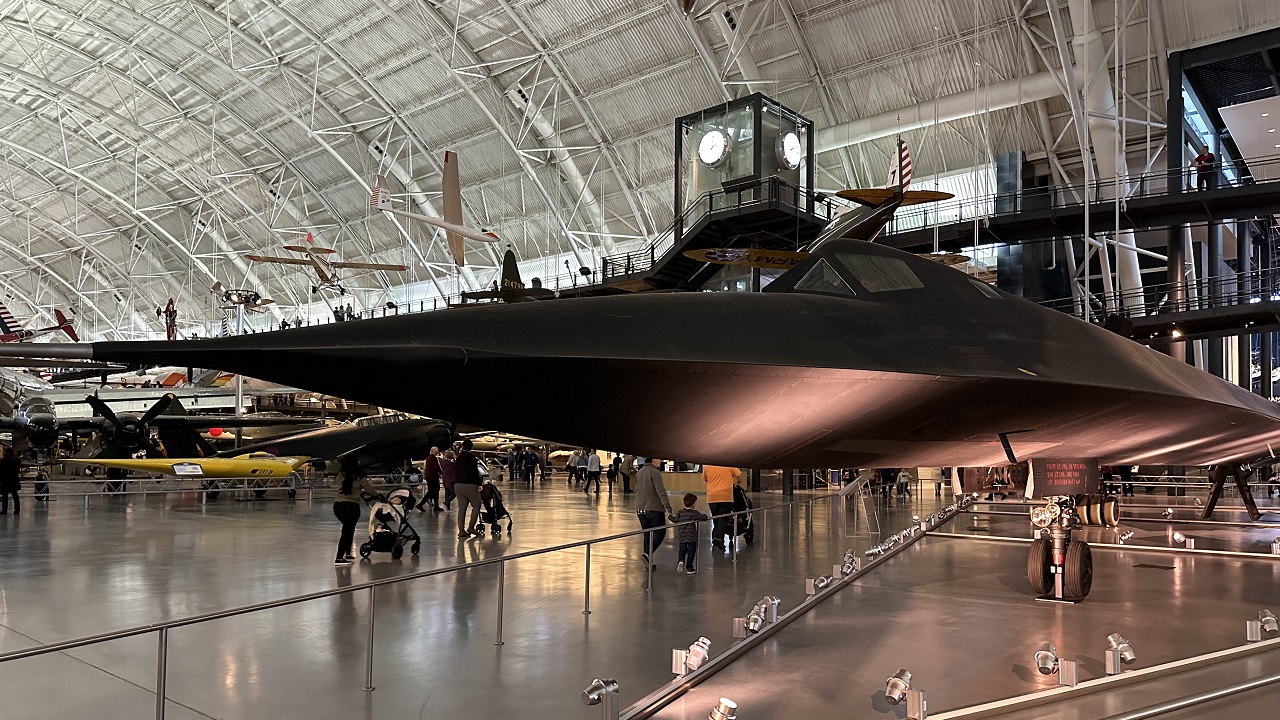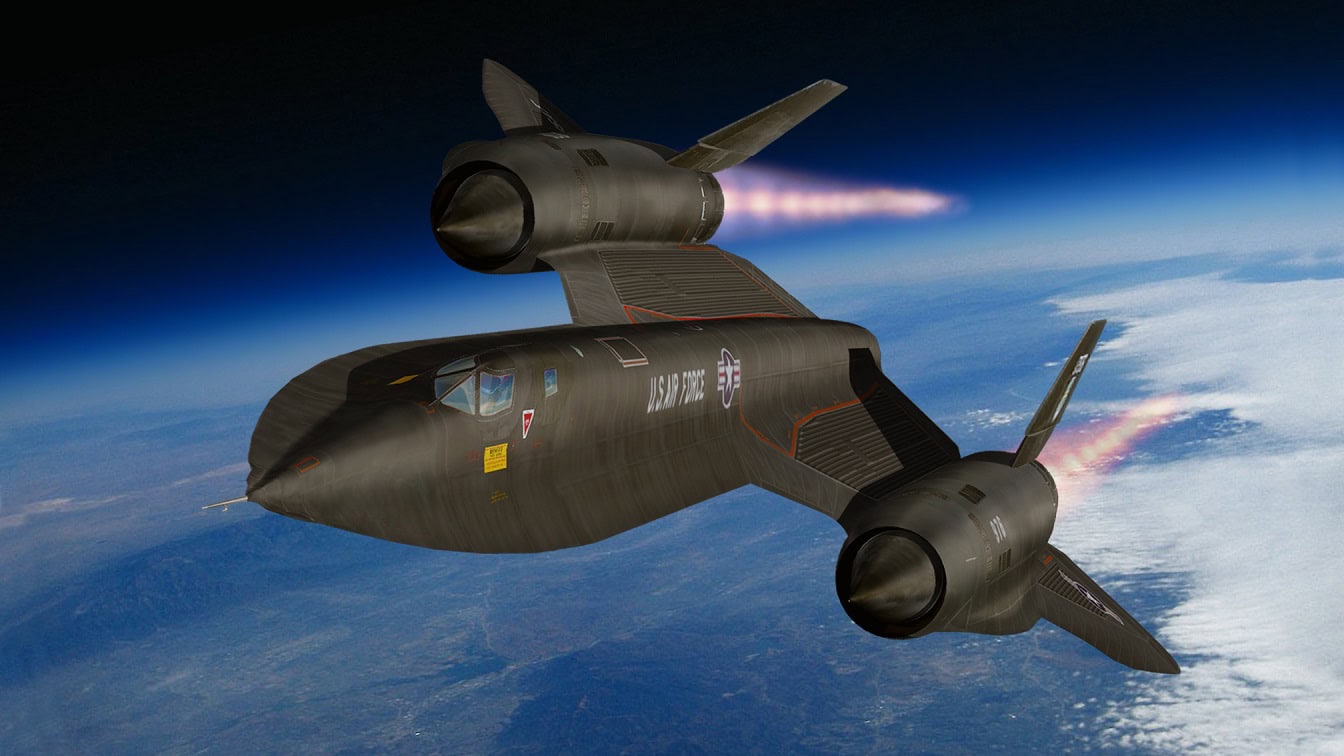The SR-71 Blackbird was an aircraft that looked like it was straight out of a Sci-Fi comic book when it first burst on the scene.
Designed by the iconic aeronautical engineer Kelly Johnson, the SR-71 was designed to defeat the most capable air defense systems and intercept fighters the planet had ever seen through a combination of early stealth, meticulous mission planning, and sheer power.
The SR-71 can be seen as perhaps Johnson’s most successful design. He had designed outstanding previous projects like World War II’s P-38 Lightning, America’s first jet fighter, the P-80 Shooting Star, and the high-flying U-2 spy plane.
Johnson’s efforts during the U-2 program led to the establishment of the secretive military facility known today as Area 51. However, as ground-breaking as his previous efforts were, the Archangel program and the SR-71 the “Skunk Works” produced were in a league of their own.
But could the SR-71, with its blistering Mach 3.2 speed, have served as a fighter?
Meet The YF-12 Interceptor, The SR-71 Blackbird Fighter
A variant of the SR-71’s predecessor program, the faster and higher-flying A-12, actually had a fighter-interceptor sibling in the form of the YF-12.
The Air Force felt it needed a Mach 3 interceptor. With the looming threat of long-range Soviet nuclear bombers, the US Air Force knew it required a high-speed interceptor capable of closing with and destroying bombers before they could reach American targets.
Kelly Johnson proposed a variant of their A-12 Oxcart that could carry an air-to-air missile payload. While the A-12 was technically being developed for the CIA, the US Air Force was interested and placed an order for three of these super-fast, high-flying interceptor fighters.
Where Johnson changed the YF-12 as compared to its Oxcart sibling was at the front of the aircraft, where a second cockpit was added for a fire control officer tasked with managing the interceptor’s air-to-air arsenal.
The nose was also modified to accommodate the Hughes AN/ASG-18 fire-control radar developed for use in the defunct XF-108 program. The new nose had a negative effect on the aircraft’s stability, so ventral fins were added to the underbelly to offset the change.
Putting Weapons Onboard
The YF-12 incorporated significant changes in the four bays designed originally to house powerful cameras, film, and other reconnaissance equipment. One of the four bays was converted to house fire control equipment, while the others were modified to house an internal payload of three Hughes AIM-47 Falcon air-to-air missiles.
In May 1965, the Air Force ordered 93 F-12Bs to support the US Air Defense Command. The F-12B was an improved version of the YF-12A, including an increased range of 1,350 nautical miles (over the YF-12’s 1,200) and improved radar and fire control systems that could locate and track enemy bombers from as far away as 125 miles. And the aircraft had already reached speeds of Mach 2.7 or 2,070.101 mph at more than 80,000 feet.
However, due to escalating costs of the war in Vietnam, the F-12B kept getting delayed. Then, in 1968, the F-12B program was canceled. Three prototypes were produced for testing purposes.
Why Wasn’t The SR-71 Used as a Fighter?
The reasons for never becoming a fighter are clear: The SR-71 was built for speed and altitude, not for close-range combat.
Its design prioritized fuel capacity and reconnaissance equipment over weapons systems. The Blackbird’s fuselage was filled with fuel tanks, leaving little room for weapons or defensive systems. Adding weapons would have significantly reduced its speed and stealth, its primary strengths.
The SR-71 was already very expensive and complex to maintain and operate. Converting it into a fighter would have added further cost and complexity.
Another factor was that the Cold War threat of Soviet bombers, which the SR-71 was initially designed to counter, never materialized in the way expected. Other fighter aircraft and technologies, such as stealth aircraft, proved to be more effective in addressing the evolving aerial threats.
The SR-71’s speed (Mach 3.2) and high altitude (85,000 feet) were designed to make intercepting difficult. If a surface-to-air missile launch was detected, the standard evasive action was to accelerate and outpace the missile. The Blackbird was fired at more than 4,000 times by Soviet air defenses. It was never hit. That 0 for 4,000 batting average isn’t very good … right?
The SR-71 Blackbird could have been a fighter, but she was perfect just the way she was.
19FortyFive Got Close to the SR-71 Back in 2022

SR-71. SR-71 photo taken at the National Air and Space Museum. Taken by 19FortyFive on 10/1/2022.

SR-71. SR-71 photo taken at the National Air and Space Museum. Taken by 19FortyFive on 10/1/2022.


SR-71. SR-71 photo taken at the National Air and Space Museum. Taken by 19FortyFive on 10/1/2022.

SR-71. SR-71 photo taken at the National Air and Space Museum. Taken by 19FortyFive on 10/1/2022.
About the Author:
Steve Balestrieri is a 19FortyFive National Security Columnist. He served as a US Army Special Forces NCO and Warrant Officer. In addition to writing for 19FortyFive, he covers the NFL for PatsFans.com and is a member of the Pro Football Writers of America (PFWA). His work was regularly featured in many military publications

